When it comes to renovating or building a new shower, one of the essential decisions you need to make is whether to lay the wall or floor tiles first. This seemingly simple choice can have a significant impact on the final outcome of your project, both aesthetically and practically. In this article, we will explore the pros and cons of each approach and guide you toward making an informed decision. Read on to discover which method suits your shower project best. 1. Laying Wall Tiles First in the Shower: Traditionally, many contractors and homeowners preferred laying wall tiles first in the shower. This approach offers a logical starting point and allows for easier installation, especially when dealing with specialized mosaic or intricate designs. Here are the key advantages and considerations to keep in mind: Advantages: a. Easier alignment: By starting with the wall tiles, you can ensure that they align perfectly with the surrounding walls.
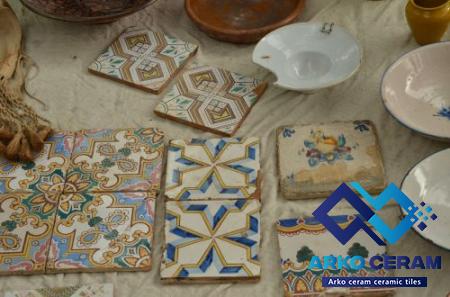
.
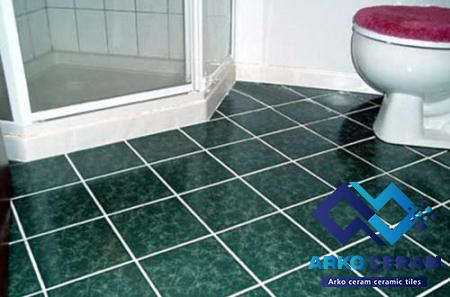 This creates a seamless and visually pleasing appearance. b. Enhanced waterproofing: When you lay wall tiles first, you can create a watertight barrier that extends from the bottom of the wall up to its height. This prevents water from seeping behind the tiles and damaging the substrate. c. Greater flexibility in design: Starting with the walls allows you to plan the layout and design more precisely. You can easily adjust the placement of wall tiles to accommodate features such as recessed shelves, niches, or decorative patterns. Considerations: a. Risk of damage: When installing wall tiles first, there is a risk of damaging them during subsequent floor tile installation. The floor tiles, tools, or adhesives may accidentally cause scratches or chips on the already installed wall tiles. b. Additional protection: To avoid damage, it is essential to take extra precautionary measures, such as using protective covers or temporary boards to shield the wall tiles during the floor installation process. 2. Laying Floor Tiles First in the Shower: In recent years, an alternative trend has emerged where people choose to lay floor tiles first in the shower. This approach has gained popularity for its practicality and benefits in terms of installation efficiency and overall aesthetics. Let’s explore the advantages and considerations associated with this method: Advantages: a. Easier installation planning: Starting with the floor tiles enables better planning of tile placement, ensuring that the shower floor slopes correctly for proper drainage. This helps in preventing water pooling and guaranteeing a safer shower experience. b. Reduced risk of damage: By installing the floor tiles first, you eliminate the possibility of damaging the wall tiles during the floor installation process. This avoids the need for additional protective measures and reduces time and stress during the project. c. Simplified tile layout: When you lay the floor tiles first, you establish a foundation that guides the installation of the subsequent wall tiles. This simplified layout process ensures a cleaner and more efficient installation, especially when using large format tiles.
This creates a seamless and visually pleasing appearance. b. Enhanced waterproofing: When you lay wall tiles first, you can create a watertight barrier that extends from the bottom of the wall up to its height. This prevents water from seeping behind the tiles and damaging the substrate. c. Greater flexibility in design: Starting with the walls allows you to plan the layout and design more precisely. You can easily adjust the placement of wall tiles to accommodate features such as recessed shelves, niches, or decorative patterns. Considerations: a. Risk of damage: When installing wall tiles first, there is a risk of damaging them during subsequent floor tile installation. The floor tiles, tools, or adhesives may accidentally cause scratches or chips on the already installed wall tiles. b. Additional protection: To avoid damage, it is essential to take extra precautionary measures, such as using protective covers or temporary boards to shield the wall tiles during the floor installation process. 2. Laying Floor Tiles First in the Shower: In recent years, an alternative trend has emerged where people choose to lay floor tiles first in the shower. This approach has gained popularity for its practicality and benefits in terms of installation efficiency and overall aesthetics. Let’s explore the advantages and considerations associated with this method: Advantages: a. Easier installation planning: Starting with the floor tiles enables better planning of tile placement, ensuring that the shower floor slopes correctly for proper drainage. This helps in preventing water pooling and guaranteeing a safer shower experience. b. Reduced risk of damage: By installing the floor tiles first, you eliminate the possibility of damaging the wall tiles during the floor installation process. This avoids the need for additional protective measures and reduces time and stress during the project. c. Simplified tile layout: When you lay the floor tiles first, you establish a foundation that guides the installation of the subsequent wall tiles. This simplified layout process ensures a cleaner and more efficient installation, especially when using large format tiles.
..
 Considerations: a. Alignment challenges: Laying floor tiles first can present alignment challenges when transitioning to the walls. It requires precise measurements and planning to ensure a seamless transition without awkward or uneven tile cuts. b. Water barrier installation: Unlike with wall tiles first approach, installing a water barrier is more complex with floor tiles first method. Extra care must be taken to ensure that the waterproofing material is properly sealed and integrated into the tile joints. Conclusion: Choosing whether to lay the wall or floor tiles first in your shower is a decision that should be based on your unique project requirements and preferences. Both methods have their advantages and considerations, and understanding these factors will help you achieve an aesthetically pleasing, functional, and long-lasting shower. Whether you opt for the traditional wall tile first approach or the modern floor tile first method, remember to prioritize proper waterproofing and choose high-quality materials for a successful shower renovation or construction. 3. Best Practices for Wall and Floor Tile Installation in the Shower: Regardless of whether you choose to lay the wall or floor tiles first, there are some best practices that should be followed to ensure a successful and long-lasting shower installation.
Considerations: a. Alignment challenges: Laying floor tiles first can present alignment challenges when transitioning to the walls. It requires precise measurements and planning to ensure a seamless transition without awkward or uneven tile cuts. b. Water barrier installation: Unlike with wall tiles first approach, installing a water barrier is more complex with floor tiles first method. Extra care must be taken to ensure that the waterproofing material is properly sealed and integrated into the tile joints. Conclusion: Choosing whether to lay the wall or floor tiles first in your shower is a decision that should be based on your unique project requirements and preferences. Both methods have their advantages and considerations, and understanding these factors will help you achieve an aesthetically pleasing, functional, and long-lasting shower. Whether you opt for the traditional wall tile first approach or the modern floor tile first method, remember to prioritize proper waterproofing and choose high-quality materials for a successful shower renovation or construction. 3. Best Practices for Wall and Floor Tile Installation in the Shower: Regardless of whether you choose to lay the wall or floor tiles first, there are some best practices that should be followed to ensure a successful and long-lasting shower installation.
…
 Here are some tips to consider: a. Surface Preparation: Before installing any tiles, it is crucial to prepare the surfaces properly. Make sure the walls and floors are clean, dry, and free of any dust, grease, or loose materials. Inspect the substrate for any cracks or damage and repair them as necessary. b. Waterproofing: Effective waterproofing is essential to protect the underlying structure and prevent water damage. Regardless of the order in which you install the tiles, ensure that you apply a high-quality waterproofing membrane on the walls, floors, and joints to create a watertight seal. c. Tile Layout: Take your time to plan the layout and placement of the tiles. For walls, determine the most aesthetically pleasing pattern and align the tiles carefully. For floors, ensure proper slope and drainage by maintaining a consistent pitch towards the drain.
Here are some tips to consider: a. Surface Preparation: Before installing any tiles, it is crucial to prepare the surfaces properly. Make sure the walls and floors are clean, dry, and free of any dust, grease, or loose materials. Inspect the substrate for any cracks or damage and repair them as necessary. b. Waterproofing: Effective waterproofing is essential to protect the underlying structure and prevent water damage. Regardless of the order in which you install the tiles, ensure that you apply a high-quality waterproofing membrane on the walls, floors, and joints to create a watertight seal. c. Tile Layout: Take your time to plan the layout and placement of the tiles. For walls, determine the most aesthetically pleasing pattern and align the tiles carefully. For floors, ensure proper slope and drainage by maintaining a consistent pitch towards the drain.

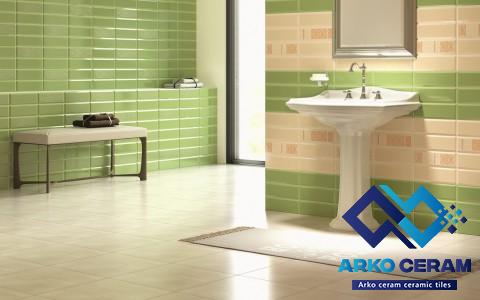
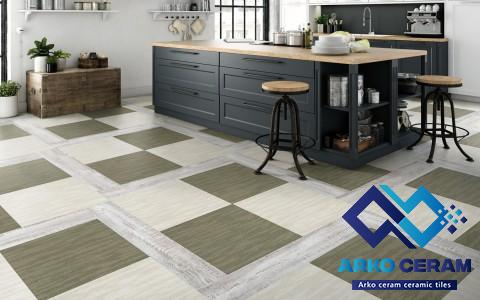
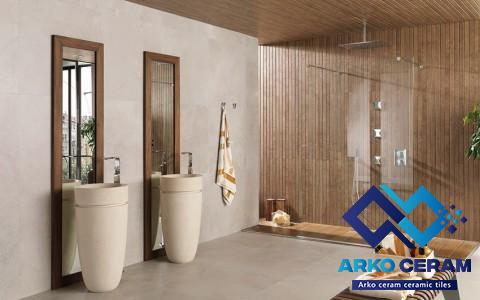






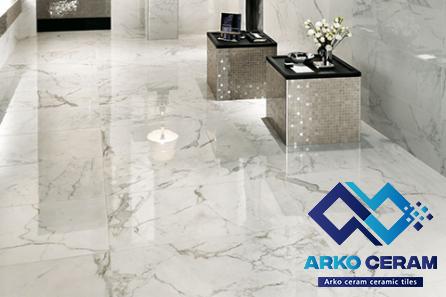
Your comment submitted.